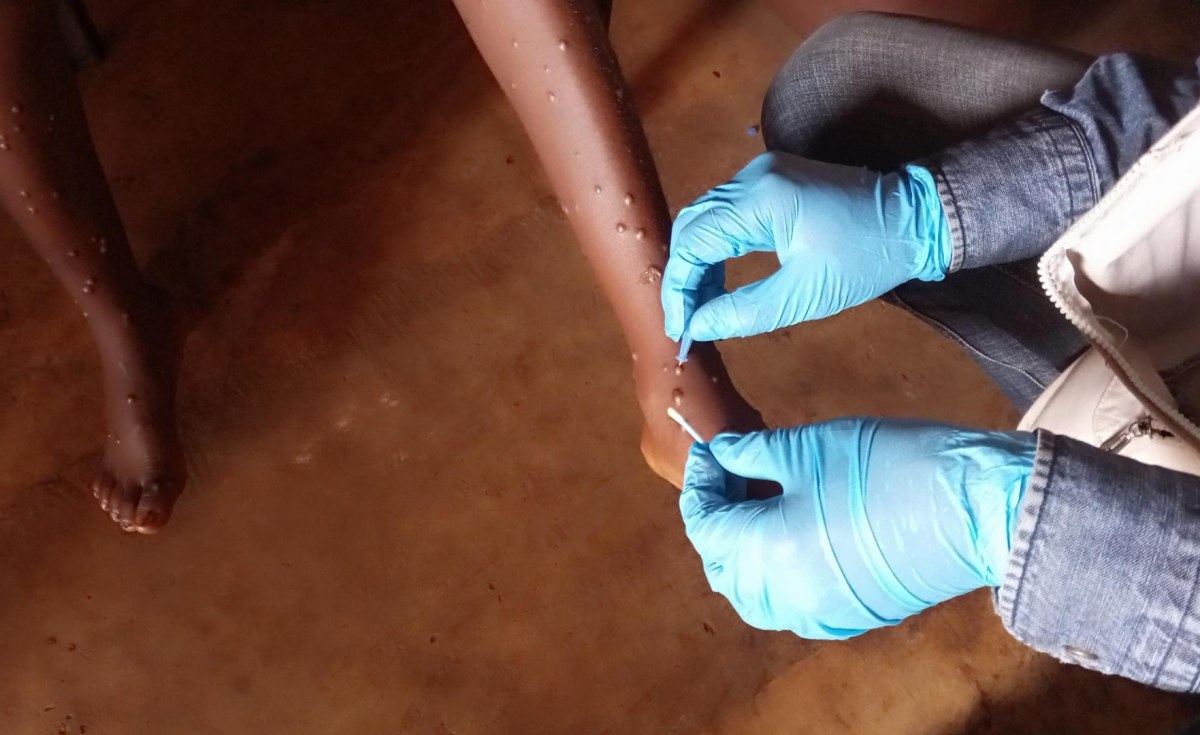Dar es Salaam. Tanzania has a $5.5 billion unutilised export potential for its products, according to the International Trade Centre (ITC) export potential map.
The centre’s analysis shows there are several markets, such as South Asia and the Middle East, the European Union and West Europe, Eastern Africa, Southern Africa, Southeast Asia, North America, and Central Africa, which Tanzania can export more.
Agricultural products such as cashew nuts, sem-milled or wholly milled rice, sesame seeds, and coffee are among those needed within the continents.
Mineral products such as gold, unwrought diamonds, copper ores, and concentrates. Other products from forestry and manufactured goods are among the products much demanded in those countries, but Tanzania is yet to utilise the potential, according to the analysis.
The analysis identifies India as holding the largest untapped potential market, followed by the United Arab Emirates, Switzerland, Vietnam, and China, among others.
However, the government said a lack of information from the private sector and infrastructure to link one country to another could be the challenge facing the country’s failure to tap the potential export.
The details were revealed by the director of international trade and economic diplomacy at the Ministry of Foreign Affairs and East African Cooperation, Mr John Ulanga, who presented the five-year export updates to the CEO Roundtable members. He said the export value reached $11.9 billion in 2022.
Mr Ulanga said several challenges led to failure to reach the new markets, including the issue of lack of information for the private sector and the ability to produce in quantity and at the required standard. He added that the absence of infrastructure to connect one country to another causes failure to reach the markets.
“The government has done a lot, for example, in the tourism and transport sector. It has made great efforts to promote Tanzania’s attractions through the Royal Tour Film, but even after that, it has continued to promote through various programmes,” he said.
Mr Ulanga said the government has set the National Export Strategy (NES) for 2023/2024-2032/2033 which prioritises creating an enabling environment for exports and the priority sectors for exports.
Mr Ulanga said Tanzania targets increasing export value from $11.9 billion recorded in 2022 to $23 billion by 2027. The aim is to also increase the export growth rate from an average of 10.3 percent to 15.3 percent annually.
The plan is also to increase new market opportunities and product diversifications for Tanzanian products and services, such as the African Continental Free Trade Area (AfCFTA).
“The ministry stands ready to collaborate with and support private sector efforts in export promotion. A stronger collaboration between the private sector and the government is needed to increase exports and utilise the existing export potential in various markets,” he said.
For her part, CEO Roundtable of Tanzania (CEOrt) executive director, Ms Santina Benson, told The Citizen yesterday that their meeting with the ministry was to commend the good efforts the government has made so far as the economy recovers from the Covid-19 pandemic.
“We discussed how both the private sector and the government can develop strategies to unlock the potential in economic diplomacy because several good initiatives are already underway, but there is more we can do,” she said.
She noted that the private sector is looking for markets beyond Tanzania, and if challenges arise, both the government and the private sector can collaborate to address them.
Ms Benson added that while the private sector drives the economy, the government’s role is to implement frameworks and policies that facilitate business operations.
She stressed the need for regulatory reforms and a collaborative approach between the government and the private sector to unlock Africa’s vast export market.
The Confederation of Tanzania Industries (CTI) director of policy and advocacy, Mr Akida Mnyenyelwa, says access to foreign markets is challenged by various factors, including competition.
According to him, the question remains whether local industries can produce enough goods to export and sell domestically.
“We are grateful that the government has started to reduce production costs by improving road infrastructure and increasing electricity availability. However, industries must also invest in modern technologies, because you cannot compete internationally while relying on outdated technologies,” he said.
Mr Mnyenyelwa said that to overcome the challenges, production costs must be reduced through the adoption of modern technologies that cut time and expenses, thereby increasing production efficiency.















